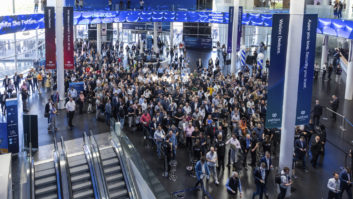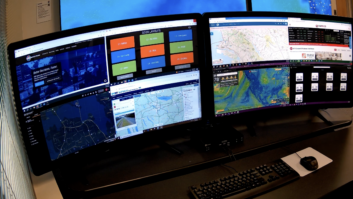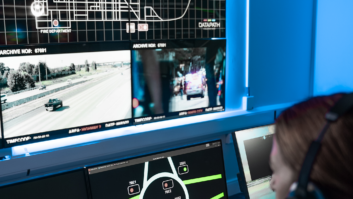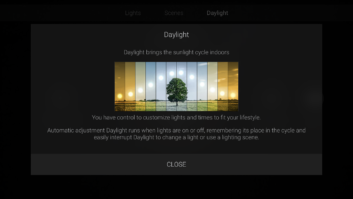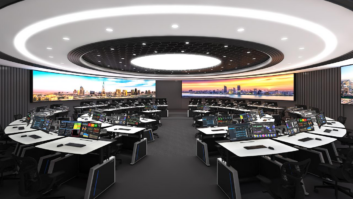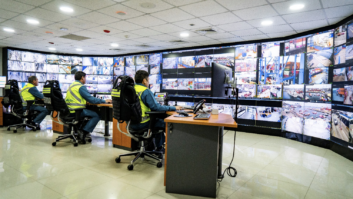From the number of news headlines dedicated to the seemingly endless string of delays in production of the Airbus A380 superjumbo jet, it would seem that the world just can’t believe something so tremendous could possibly be subject to the same production setbacks that trip up everyday manufacturing and construction processes. In actuality, when the bill of materials for such an endeavour is considered, there seem to be an infinite number of details that might intervene in the release of the largest airplane ever to take to the skies.
Increasingly, the multitudinous hardware and software details within AV systems design are making that endeavour almost as frighteningly complex as building a 555-seat double-decker airplane. Today the design process on a project is often extended to Airbussian proportions while clients dither about functionality. But it may be time to lend a significance more akin to aeronautical detail to this too-often improvised portion of the project.
It has been the norm to relegate control and user interface design to the end of a project, when everything is in place and it’s time to switch everything on. However, more consultants and integrators are realising that client satisfaction is increased proportionately to how much time is spent discussing system control and functionality. Rather than sending a client into a newly commissioned room and then listening to a litany of control upgrade inquiries, forward thinking designers are allowing those questions to be asked early in the game.
For design/build companies, this means making margins on expertise rather than hardware. “We’re more parts and smarts, and getting out of the TV hanging business,” says Jimi Gonzalez, vice president of sales and marketing for Island Systems in Rockledge, Florida, USA. “A TV is a TV. Whether it’s a CRT, LCD or plasma, you don’t make any money on it.” The profits are in the high-tech aspects of a system, Gonzalez pointed out, adding that Island Systems maintains a staff of in-house programmers to maintain an edge over the competition and also to have ownership of that portion of the project.
Consultants are also keeping their eye on the programming portion of projects, not least because their longer-term interaction with clients in the design phase provides them with a complex vision of a system’s functionality. Waveguide Consulting in Atlanta, Georgia, launched its ‘brainwave’ software programming division three years ago, after it became apparent that the firm’s designers were spending a large portion of their time creating specifications for increasingly involved control and DSP functionality.
“As the software was becoming more and more important to define on a project, we found that the time involved with describing the software was becoming significant enough that it warranted looking at an alternative solution,” says Scott Walker, principal of Waveguide. “As we looked down the road toward the future of AV, it became increasingly obvious to us that software was where the definition of the project was going to reside.”
As hardware interfaces and copper connections give way to software and DSP programming, system functionality and the user interface should be considered at the forefront of a project. Even if sometimes it seems that the minutiae of a project merely causes inexplicable delays, those details are what will determine whether a project will fly.
More:
» www.islandsys.net
» www.waveguide.com
Kirsten Nelson is a US-based technology writer and a former editor of Systems Contractor News. This column also appears in the December issue of Installation Europe magazine.
